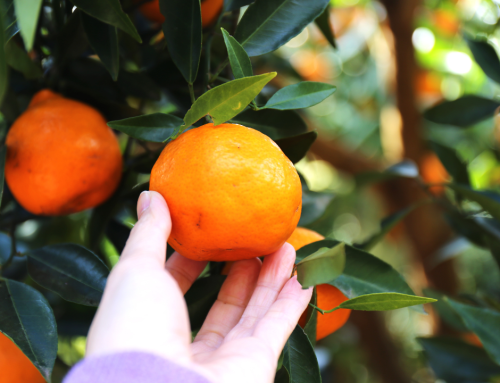Conditions favourable for fruit fly
Increased Queensland fruit fly pressure is the result of warmer and wetter weather than usual, together with the presence of more unharvested fruit still on-tree or fallen to the ground. The La Niña weather pattern which ended in March 2021 was favourable to fruit fly development and survival, as well as fruit development. In addition, the impacts of the COVID pandemic and the incomplete harvest of many fruit due to travel restrictions for pickers allowed for much fruit drop and on-tree retention resulting in more ripe fruit on the landscape.
Autumn activity and cross-over
April-May is the usual cross-over period when it is believed Queensland fruit fly move from urban sites into rural areas. This suggests that commercial orchards that are close to urban centres may be at a higher risk to fruit fly than those situated more distantly.
If your property is close to (within 500m) of urban or peri-urban Queensland fruit fly host plants or feral hosts along roads, channels, or in abandoned orchards you should keep a very close watch on:
- Fruit fly traps (male and female targeting). Traps should be deployed all year round and checked at least once a week.
- Any ripe or ripening fruit (in your orchard, house yard, along the road or channel bank) showing signs of infestation (e.g. sting marks, abnormal fruit softening). Check the inside of your fruit for sting marks and/or eggs and larvae at least once a week.
- If you have had fruit fly problems previously it is advisable to ensure you have access to suitable quantities of fruit fly bait so that if fruit flies are found you can commence your baiting program immediately.
It is also highly recommended to commence, if not already done, a bait-application program. This is especially important if you or your neighbours experienced fruit fly problems last season.
Extra vigilance required
Many commercial growers are still harvesting fruit at this time of year. These fruit are especially vulnerable to being struck by fruit fly.
It is critical to pick, or pick up, and destroy unwanted fruit at this time of year as adult flies will emerge from this infested fruit and can go undetected until spring, when the weather warms up and fruit get stung.




